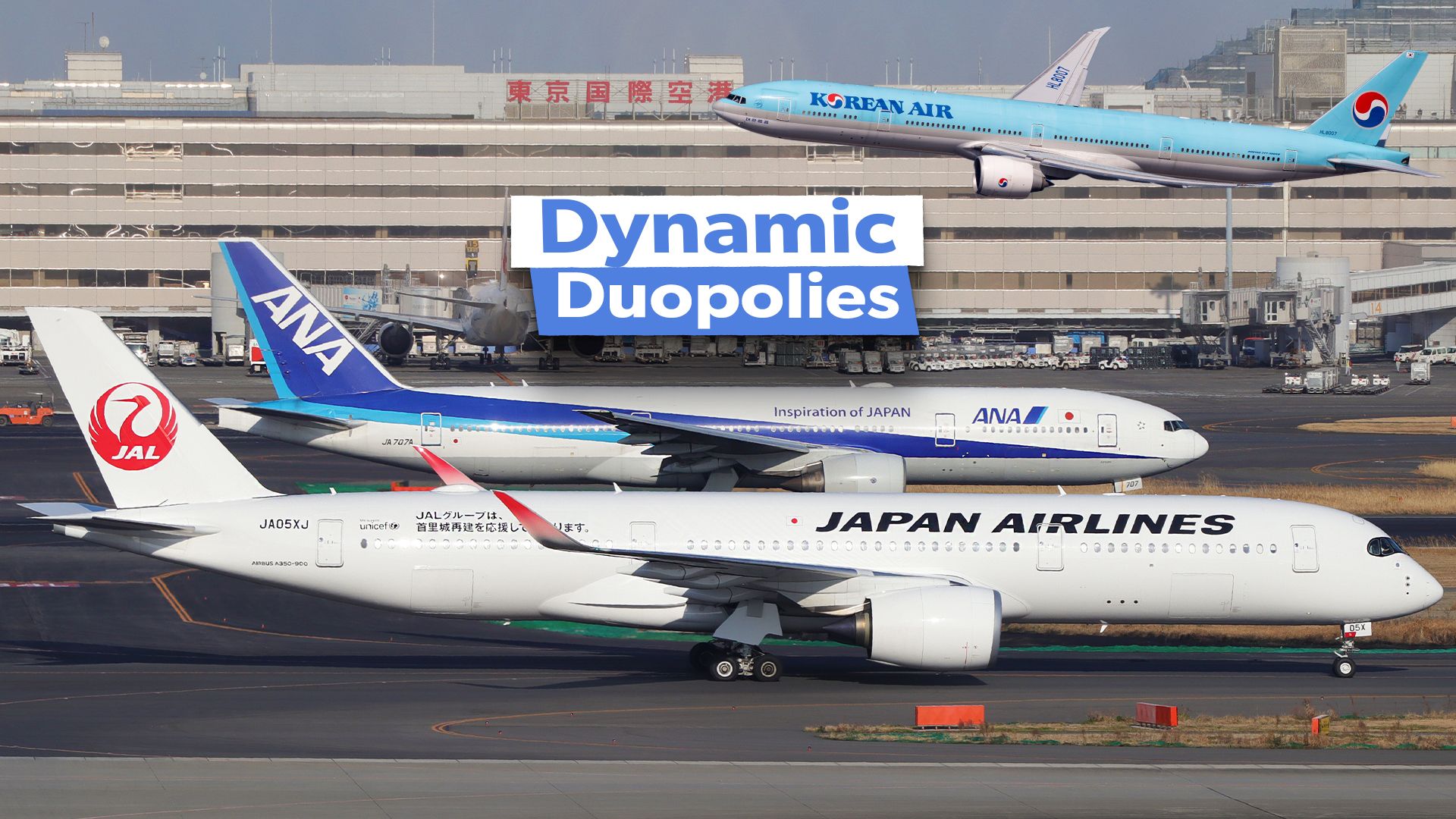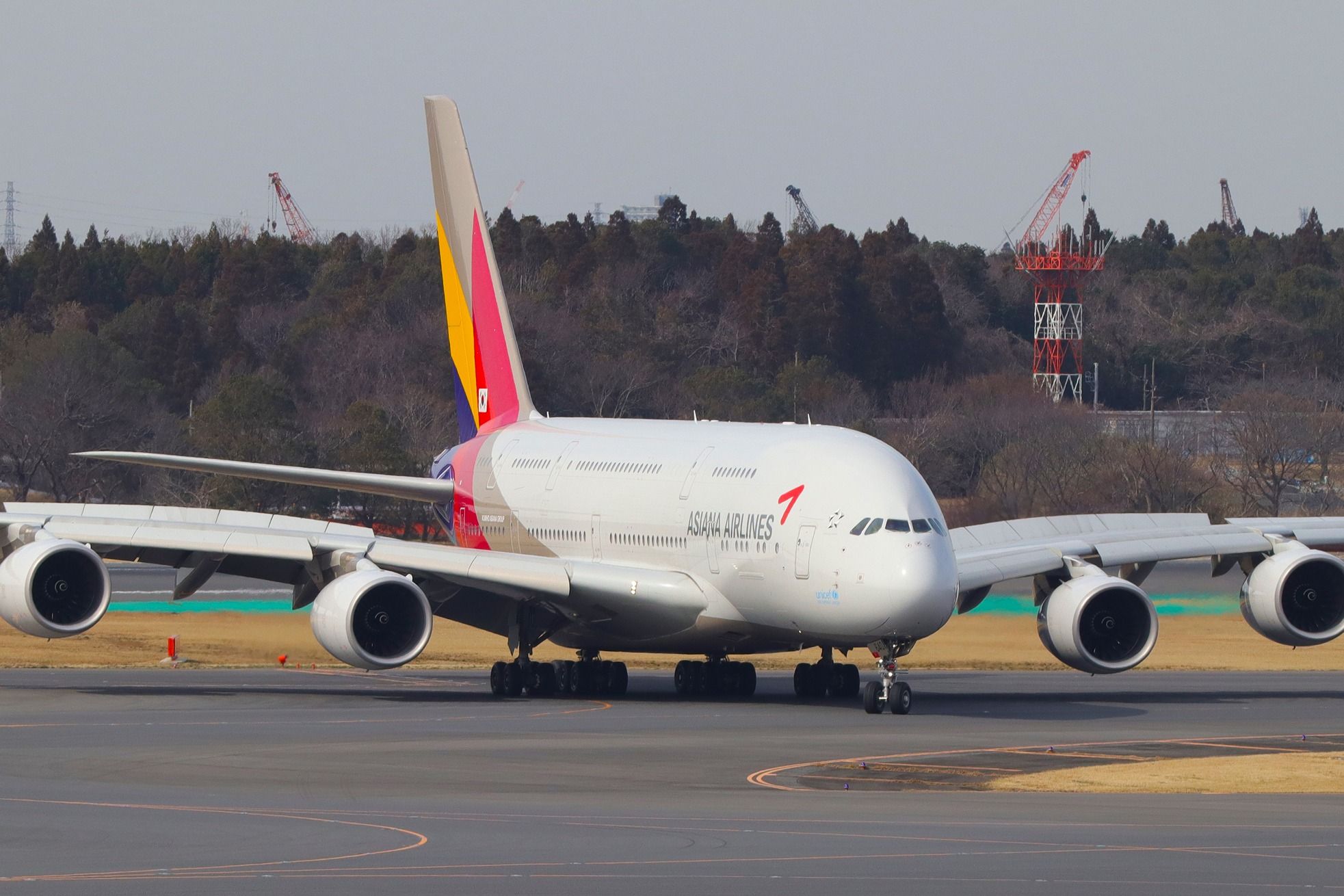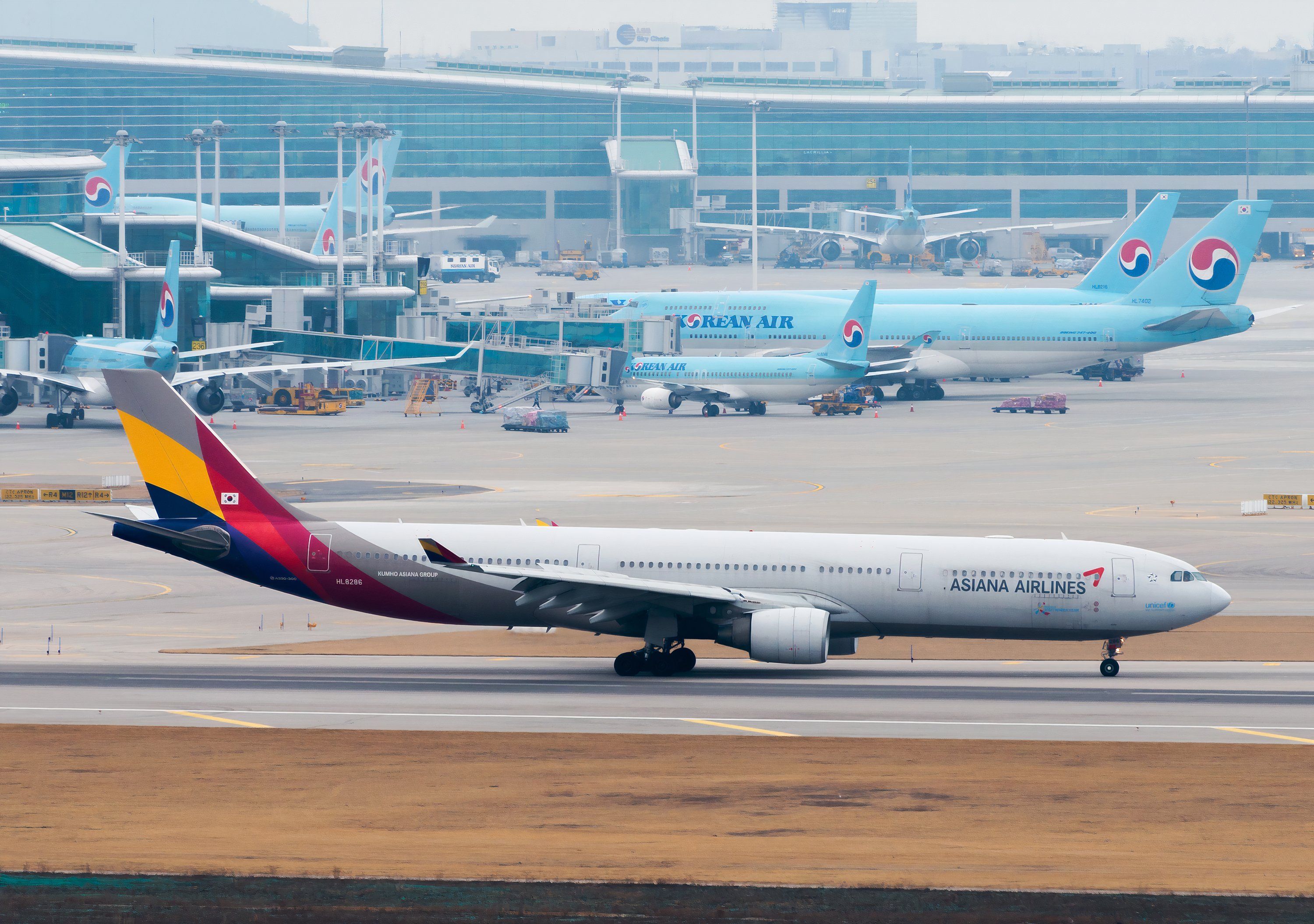In the world’s three largest global aviation markets, three players primarily control the legacy carrier market. In the United States, there are three—United Airlines, Delta Air Lines, and American Airlines—and the vast majority of airports, with a few exceptions, are dominated by these carriers.
The story is the same in Europe, where three major legacy conglomerates—Lufthansa Group, the International Airlines Group (IAG), and Air France-KLM—dominate most of the traffic. There are other players, and each of these conglomerates has several sub-brands. However, across the board, three large corporations make the vast majority of decisions regarding legacy airline traffic in the extended European Union single aviation market.
In China, the story is similar, with three legacy airlines dominating the market. Air China, China Eastern Airlines, and China Southern have been joined by younger full-service airlines in recent years. However, they still overwhelmingly maintain most of the market influence and share. In South America, the story is the same, with Aerolíneas Argentinas, the LATAM Group, and the Avianca Group further jostling for control.
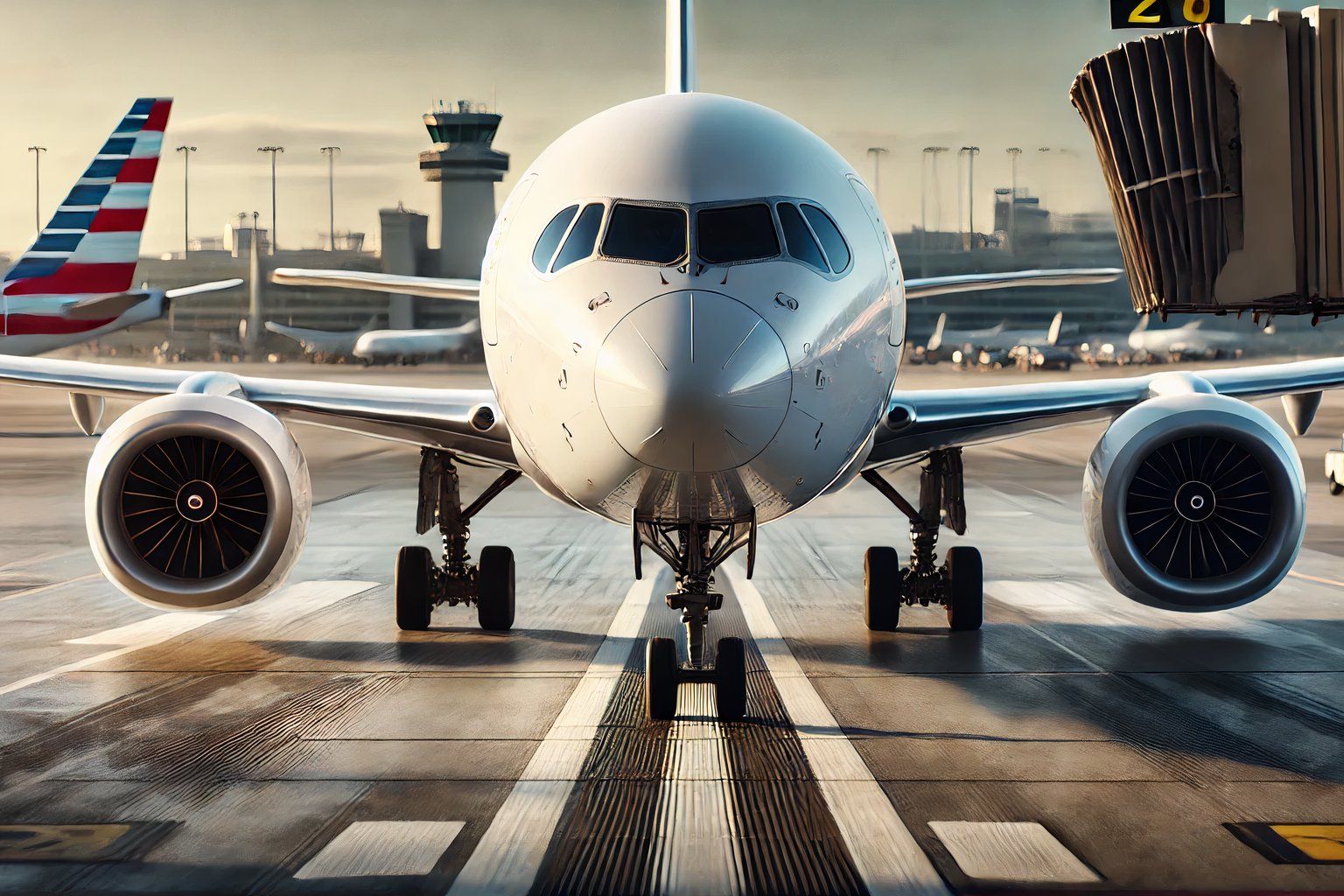
Smaller developed markets often feature a single legacy airline, which is often a state-sponsored flag carrier, making it difficult to consider these markets truly competitive. In two Asian nations, however, the trend is violated in interesting ways, with the South Korean and Japanese markets, both located in well-developed and cosmopolitan nations, being dominated by duopolies.
A unique exception to market trends
With budget airlines, regional carriers, or aircraft manufacturing, duopolies are common and have been the norm in many instances. However, if a market is big enough to support more than one legacy airline, three will emerge rather than just one.
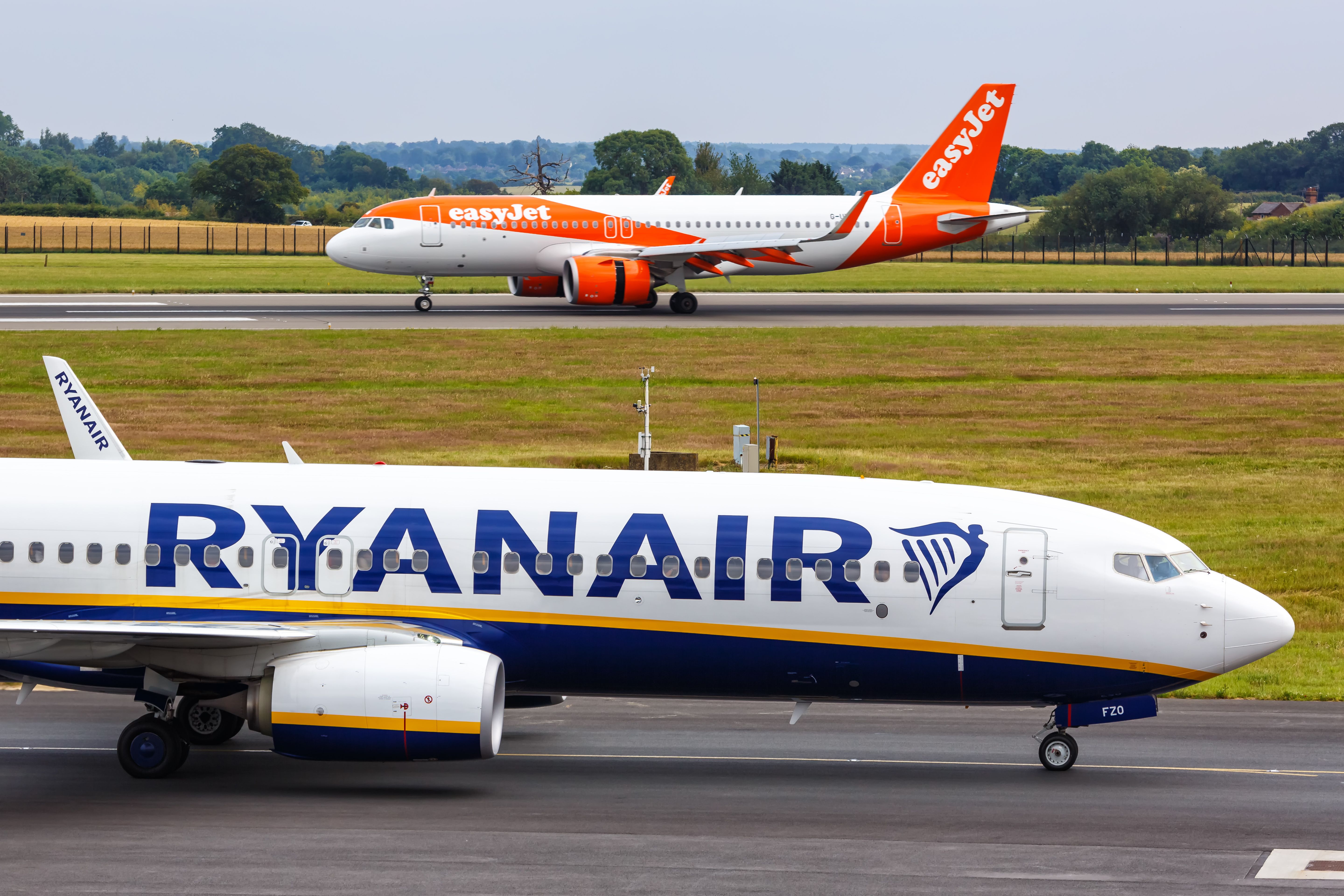
Related
How Budget Airlines Return Higher Profit Margins Than Legacy Carriers
Ultra-low-cost carriers are some of the industry’s most profitable.
The Japanese aviation market, which experienced a drive to maturity in the back half of the twentieth century, is home to Japan Airlines and All Nippon Airways (ANA), each operating an extensive domestic network that complements its international offerings. While these carriers initially became dominant within the market, flying domestically in pre-Shinkansen times, they soon became the global airlines connecting Japan to the world that we know today.
Photo: KITTIKUN YOKSAP | Shutterstock
In South Korea, the story is relatively similar, with two carriers that emerged as market leaders and remain so today. Korean Air emerged as the nation’s flag carrier following the division of the Korean peninsula after the Korean War. Asiana Airlines followed suit shortly after, soon becoming the nation’s second legacy airline. Let’s examine these two air markets and why exactly two legacy airlines emerged in each.
Two incredibly unique aviation markets with characteristics unlike others
The Japanese and Korean aviation markets have incredibly unique characteristics, many of which are crucial for explaining the nature of their two-player legacy markets. For starters, let’s take a deeper look at some of the world’s largest airline markets, counting the European Union collectively (including the UK as it is still part of the single EU aviation market), using data from the European Commission and the World Bank:
|
Market: |
Annual passenger traffic (in millions): |
|---|---|
|
European Union |
820 |
|
United States |
666 |
|
China |
440 |
|
Russia |
96 |
|
India |
83 |
|
Turkey |
69 |
|
Brazil |
61 |
|
Mexico |
54 |
|
Japan |
45 |
|
South Korea |
34 |
|
Indonesia |
33 |
|
Saudi Arabia |
29 |
|
United Arab Emirates |
28 |
|
Colombia |
26 |
|
Canada |
24 |
From these numbers alone, we can already begin to deduce the reasons behind the unique positioning of the Japan and South Korean aviation markets. For starters, relatively few markets have between 30 and 50 million annual passengers, already placing these two within a relatively unique category.
Japan and Korea sit in a unique position
The largest markets, at the top of the table, have enough passenger demand to support three different full-service network carriers. As you head down the table, there are a few unique markets, like Russia and India, which have over 50 million passengers but, due to their relative age or geopolitical factors, do not have the market organization needed to support three multiple legacy airlines.
Photo: Benthemouse | Shutterstock
Many markets with passenger numbers similar to those in Korea and Japan are developing and have not yet developed the demand for multiple legacy carriers. Some markets, like Saudi Arabia and the United Arab Emirates, are heavily state-controlled, making it difficult to adequately analyze their legacy carriers due to competitive dynamics.
Economic development is a key catalyst of legacy airline growth
This data demonstrates that passenger traffic alone is not directly correlated to the number of legacy airlines in a market. There are developing and authoritarian markets that have similar passenger traffic levels to South Korea and Japan, but due to their lack of economic development, they have not been able to develop multiple legacy airlines.
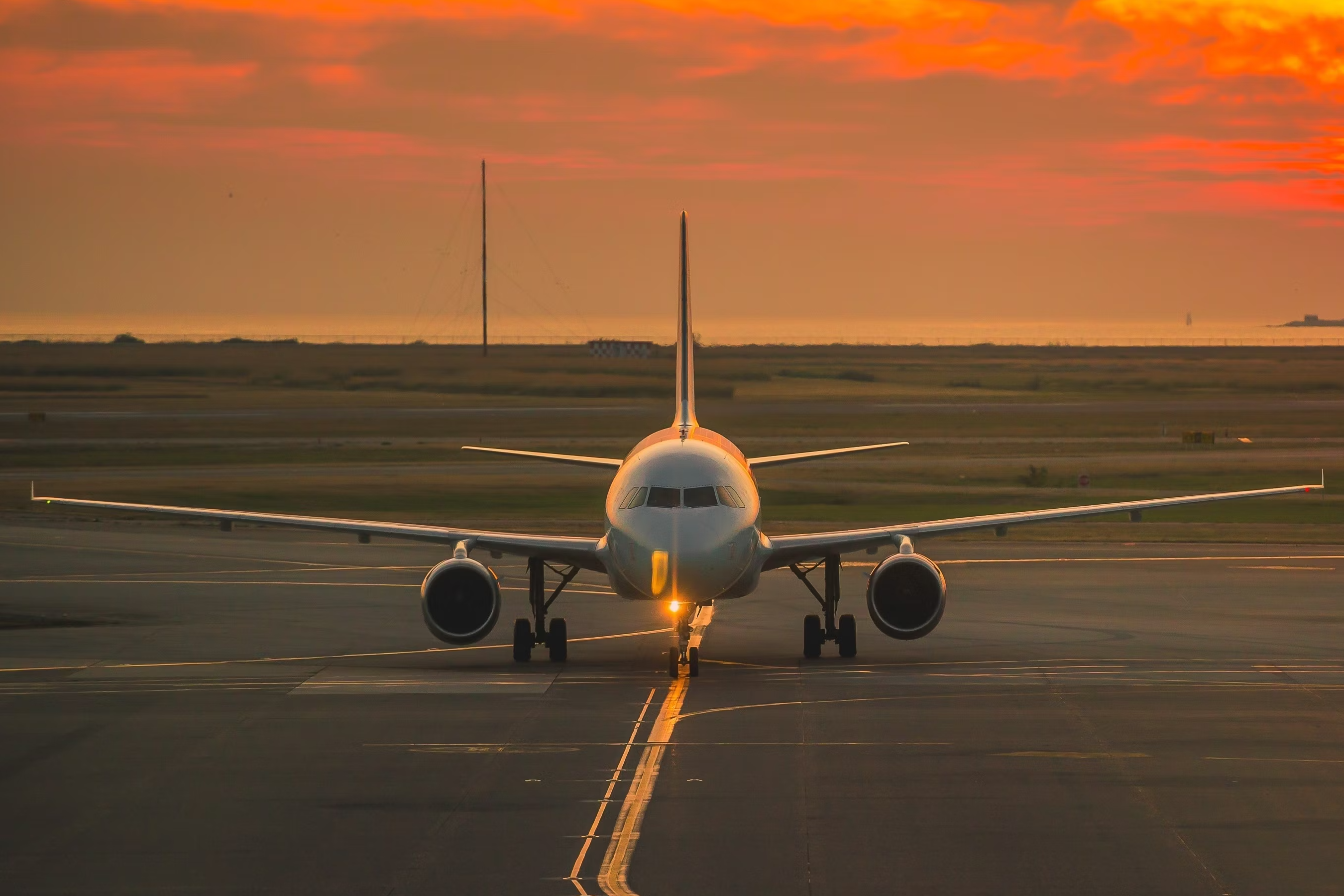
Related
NYC Climate Week: What Companies Are Doing To Improve Sustainable Business Travel
Travel companies are rethinking how to promote sustainable aviation.
Legacy carriers drive the vast majority of their revenue from business travelers. Countries with developing economies simply will not have enough corporate travel demand to support a two-airline legacy market structure. Developing markets will often have low-cost carrier growth that outpaces the nature of legacy airline growth, as is the case in India with dominant budget airline IndiGo.
Photo: Thiago B Trevisan | Shutterstock
As a result, Japan and Korea emerge as the only markets with not just the appropriate amount of passenger demand to support multiple low-cost airlines, but also the only two with strong enough business travel demand to sustain operations. With shifting dynamics, it is difficult to tell how these markets will evolve in the coming years, given the rise of budget airlines and the fall in business travel after the COVID-19 pandemic.

